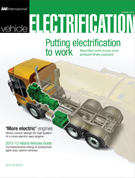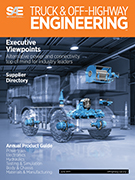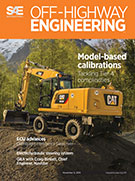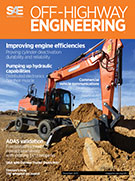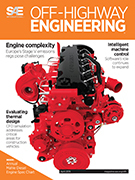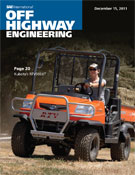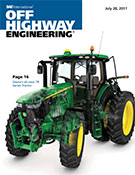Magazine

Tech Briefs: June 2018
2018-06-01
Beyond VMEbus - A New Concept Taming the Thermal Behavior of Solid-State Military Lasers Solving the Challenge of Thermal Design in Aerospace Electronics Improving Component Life in Abrasive, Corrosive Aerospace Environments New Pulse Analysis Techniques for Radar and EW Validation of Ubiquitous 2D Radar Converting Existing Copper Wire Firing System to a Fiber-Optically Controlled Firing System for Electromagnetic Pulsed Power Experiments Technological improvements make pulsed-power experiments with gunpowder- or air-driven guns safer. Low-Cost Ground Sensor Network for Intrusion Detection COTS-based system could provide increased level of security with less manpower. In-Network Processing on Low-Cost IoT Nodes for Maritime Surveillance Commercially available system of distributed wireless sensors could increase the Navy's intelligence collection footprint.

